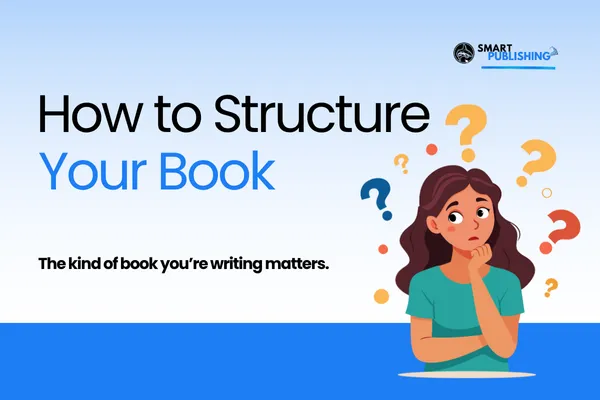
How to Structure Your Book (Without Losing Your Mind)
How to Structure Your Book (Without Losing Your Mind)
Hey there, author friend.
Let’s talk structure.
If you’ve ever sat down to write your book and thought, “I have so much to say, but I don’t know where to start,” you are in excellent company. In fact, you’re exactly who I made Episode 23 of The Smart Publishing Impact Series for.
I get this question all the time from aspiring authors: “Renee, how should I structure my book?” And spoiler alert: the answer isn’t always the same. But in this episode, I walk you through how to approach your book like a roadmap—so you know exactly where you’re going and how to get there.
Let’s unpack it.
Start with the Destination in Mind
Before you can decide how to structure your book, you need to get clear on two things:
What is the goal of your book?
What transformation do you want your reader to walk away with?
If you don’t know where you’re headed, it’s really hard to map out a journey. This is true in life and it’s definitely true in publishing.
Whether you’re writing a how-to, a memoir, or a hybrid, every chapter should play a role in moving your reader toward that “aha” moment.
Think of Your Book Like a Journey
Imagine your book as a road trip. Your reader is in the passenger seat, and you’re the driver. They’ve trusted you to take them somewhere meaningful. So your job is to map out:
Where you’re starting from (Chapter 1)
The major stops along the way (core chapters)
The big turning point or breakthrough moment (climax)
The final destination (your book’s resolution or takeaway)
Without that roadmap, your book becomes a scenic drive with no purpose—and that’s when readers get lost or bored.
Structure is Not a Straightjacket
Let me be clear: structure is not the enemy of creativity.
In fact, the right structure can give you the freedom to be wildly creative inside each chapter because you’re not constantly second-guessing where you’re going next. You have a skeleton; now you can dress it up.
Think of structure as the scaffolding that holds your brilliance up—not a box that keeps it small.
What Kind of Book Are You Writing?
The kind of book you’re writing matters. I often see authors try to force their idea into a structure that doesn’t fit. If you’re writing a transformational nonfiction book, your structure will look different than if you’re writing a memoir or business book.
In the episode, I break down several common structures, including:
Chronological: Best for memoirs or stories with a natural timeline.
Problem-Solution: Ideal for self-help or business books.
Modular: Perfect for books that can be read out of order, like devotionals or essay collections.
Knowing your genre and your goal will help you pick the structure that actually supports your message—not stifles it.
Don’t Let Structure Stop You From Starting
Listen, I know this part of the process can feel overwhelming. But I want to encourage you: don’t let the question of structure keep you from putting words on the page.
Start messy. You can always go back and organize once your ideas are out.
In fact, that’s exactly what I help my clients do inside my programs. If you’re feeling stuck, I’ve got you.
So go ahead. Write the first page. We’ll build the roadmap together.
You’ve got this.
—Renee
